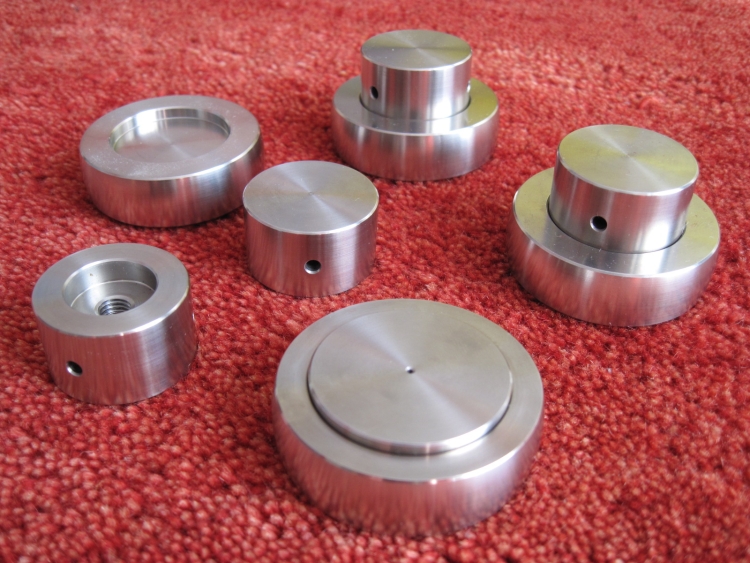
Ceraball Spider – Ceraball Universal – Cerapuc
I like Finite Elemente a lot. They make smart products that look nice and perform very well. They are usually also not priced stratospherically. This certainly holds true for their Cera- range of feet. Tested here are 3 different feet that have a strong family resemblance but subtly differ in sound.
Cerapuc
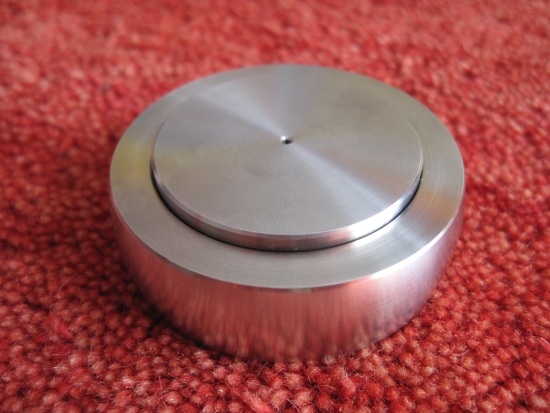
Above: Upside down (the inner disc is fixed to the outer ring via a rubber band and of course the Ceramic ball inside)
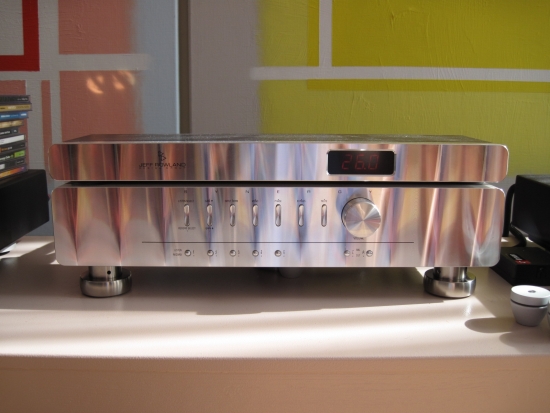
Above: This is how they should be used – the fat side under
Cerapucs are essentially larger versions of the Ceraball. They too have a ceramic ball and a (larger) rubber damping ring. But they can take a heavier load, are heavier themselves and look better. Instead of the lighter aluminum, they are now made from highly polished metal. They sound notably different too.
Ceraball Universal
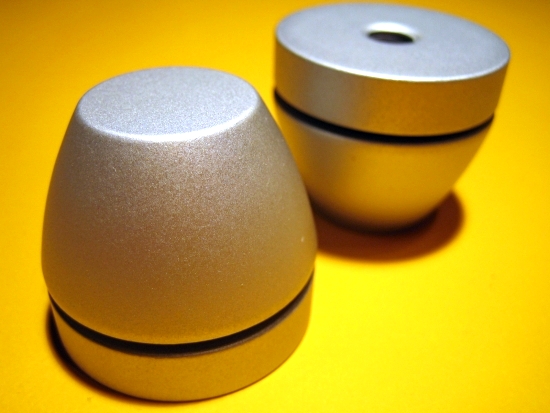
Above: Universal Ceraballs can be used in both orientations
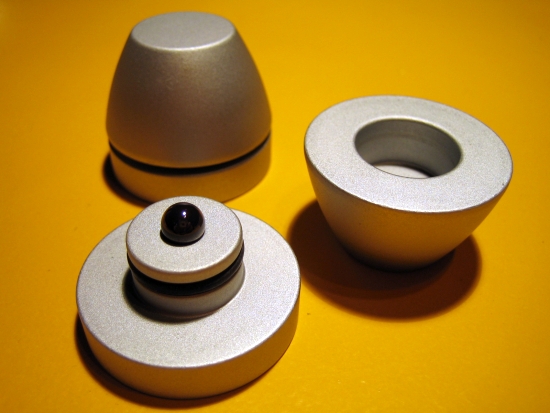
Above: As you can see they are very similar to the original Ceraballs – except for a larger cap and a broader bass in which the ball sits.
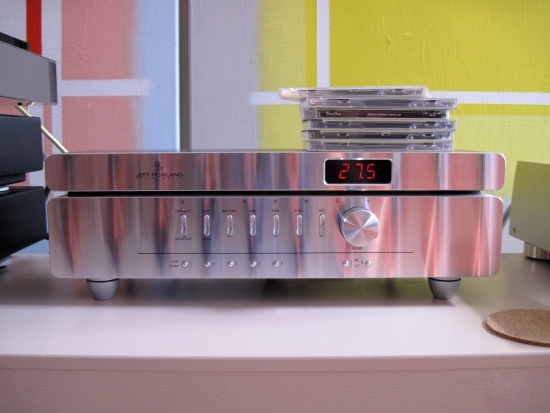
Above: How they were used for this test. But they can also be used the other way around.
The Universal Ceraball is an evolution from the original Ceraball. It features a larger inner base and larger cap. The Ceramic ball bearing is unchanged. I have the feeling that this was merely a cosmetic move but nevertheless it does make a small difference in sound.
Ceraball for Spider Rack
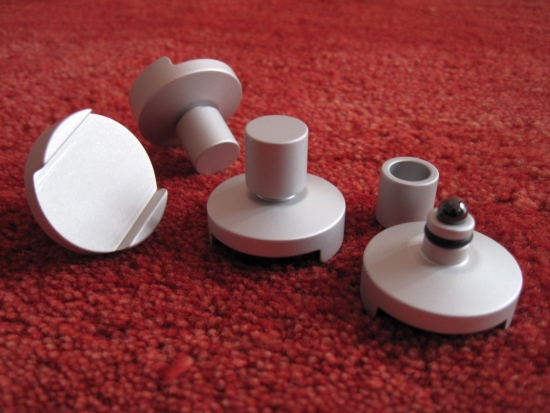
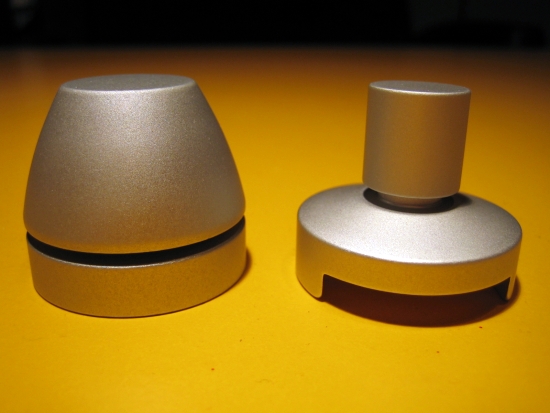
Above: Left is the Universal Ceraball, right the Spider Ceraball

These are the original Ceraballs. They came in 2 flavors: for Spider or for universal use, the only difference being that the Spider version had a the bottom for secure mounting on a Spider rack. The Universal has now been replaced by a more expensive, bolder looking type.
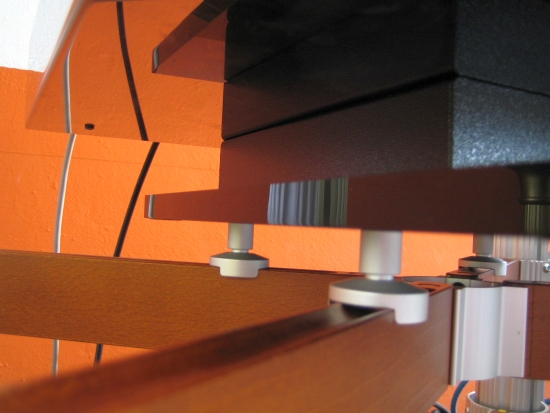
Above: Spider Ceraballs are obviously meant for use with Spider but they also fit on Solid Tech’s Rack of Silence, although they are slightly oversized. But it works well sonically. You could even use Spider Ceraballs on flat surfaces but in that application they are more wobbly and really Universal Ceraballs would be the better choice for stability.
Sound Differences
Cerapuc versus Ceraball Universal
Compared to universal ceraballs, the cerapucs lend more weight to the midbass and lower mids but are less well-articulated. Ceraballs are very nuanced and articulate but thinner in body and perhaps more analytical than the cerapucs. Overall I would say the pucs are more full and relaxed and the ceraballs are more articulate and analytical. I can’t really say which is better. It’s just a matter of taste or preference. In my current system with Magnepan MG3.6 magnetostatics, I preferred the rounder and fuller Cerapuc.
Ceraball Spider versus Ceraball Universal
Both versions are based upon the same principle and are built largely the same, the only difference being that the Universal Ceraball has a larger base and cap than the Spider version. There were two incarnations of the universal Ceraball. The original looked just like the Spider version but without the small gap in the bottom for mounting safely on Spider. This one isn’t available anymore for universal use and has been replaced by the new Universal Ceraball which is under review here.
The Ceraball has a clear influence on the sound. It turns out that the more slender Spider Ceraball also sounds more slender. It is even faster and clearer sounding than the Universal Ceraball but also so clean that one could prefer the Universal Ceraballs for their fuller and rounder sound. The Spider Ceraball easily has the quickest bass and fastest attacks but it is also the most analytical version of all Ceraballs available.
Conclusion
All Ceraballs are not created equally, nor do they sound equal. I must say that I wouldn’t have thought that there would be as much difference as I heard when comparing these. I did expect a difference between the Pucs and the Balls, but certainly not such a big difference between the Universal and Spider Ceraballs.
The bigger the better? Well, the bigger Pucs do sound fuller and weightier but whether that’s better depends on the application. What’s clear however is that all Ceraballs share a common trait in providing a more articulate sound, without adding a lean, clinical quality as can happen with cones or spikes.



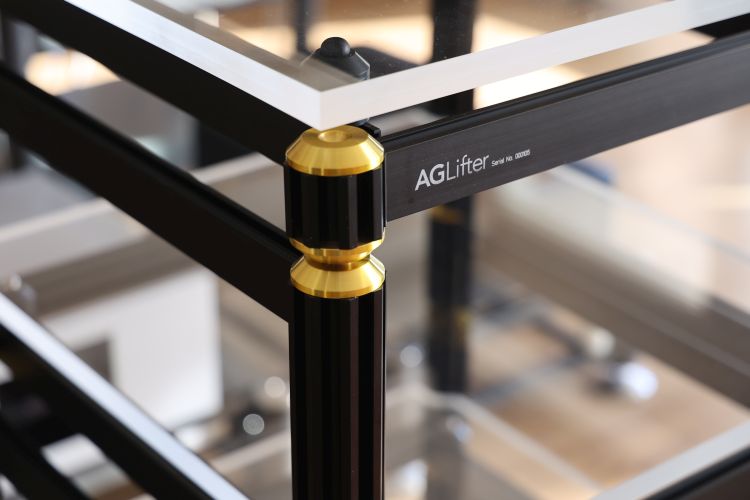
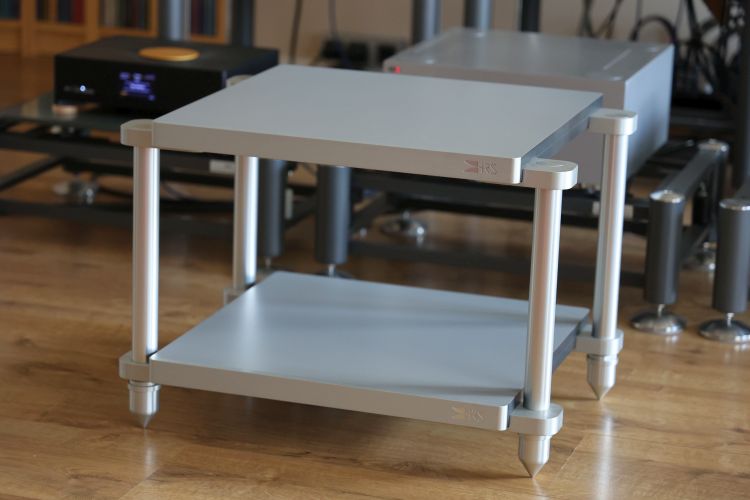
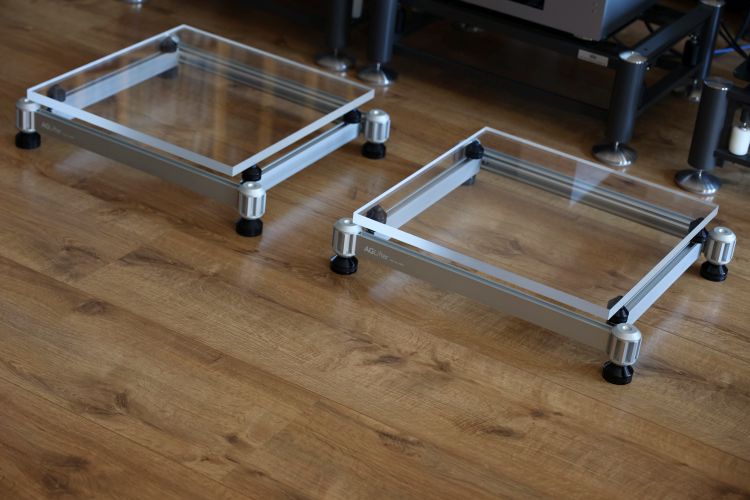
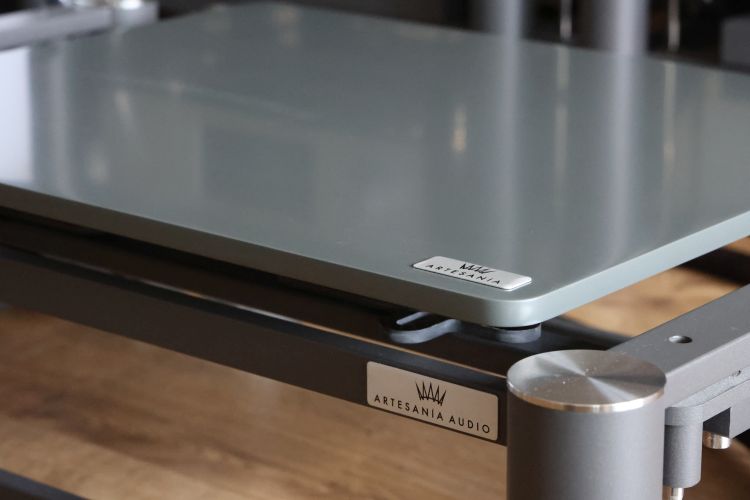
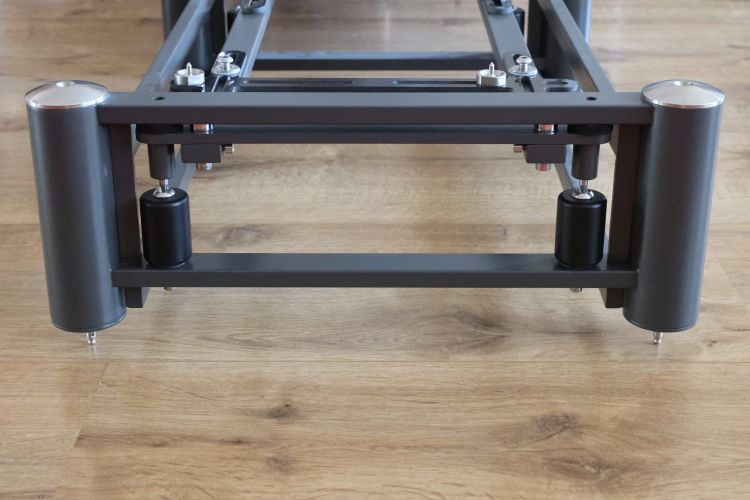
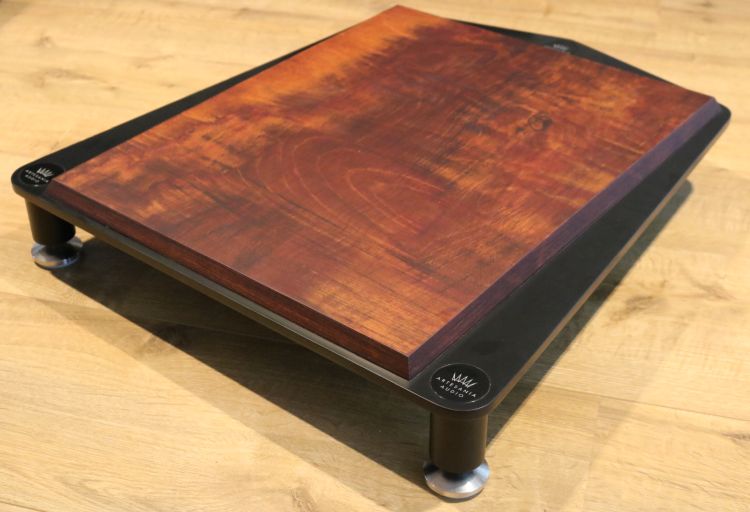
I experienced that the weight of the component plays a crucial role. Under, say, a lightweight DAC of phono preamp, the original Ceraballs may work wonders. Under heavier equipment, say around 10 kg, the Ceraball Universal may sound dynamic and refined, not too thin or analytical, and so on.
Absolutely fair point, John!